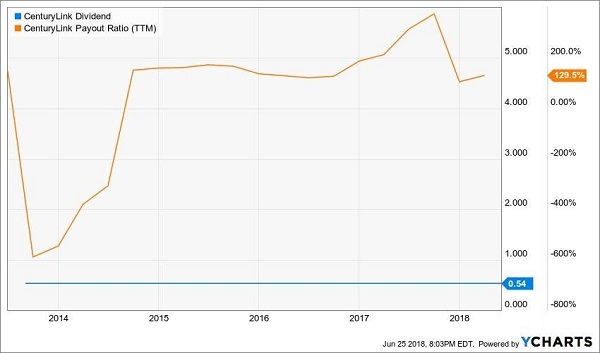No investment portfolio moves up in a straight line. But in a fast-changing environment like this one, it is important for investors to do their best to limit volatility as much as they can by a focus on high-quality, low-risk stocks.
Too bad most investors are obsessed with chasing fads, though.
First, it was the outperformance of energy stocks in early 2022. Now it’s the resurgence of select biotech stocks that have snapped back 20% or 30% in just a few weeks. And undoubtedly, it will be something else with even more hype behind it by Christmastime.
The problem with fads is that you can almost never predict how long they will last, or what will come next.… Read more


Recent Comments